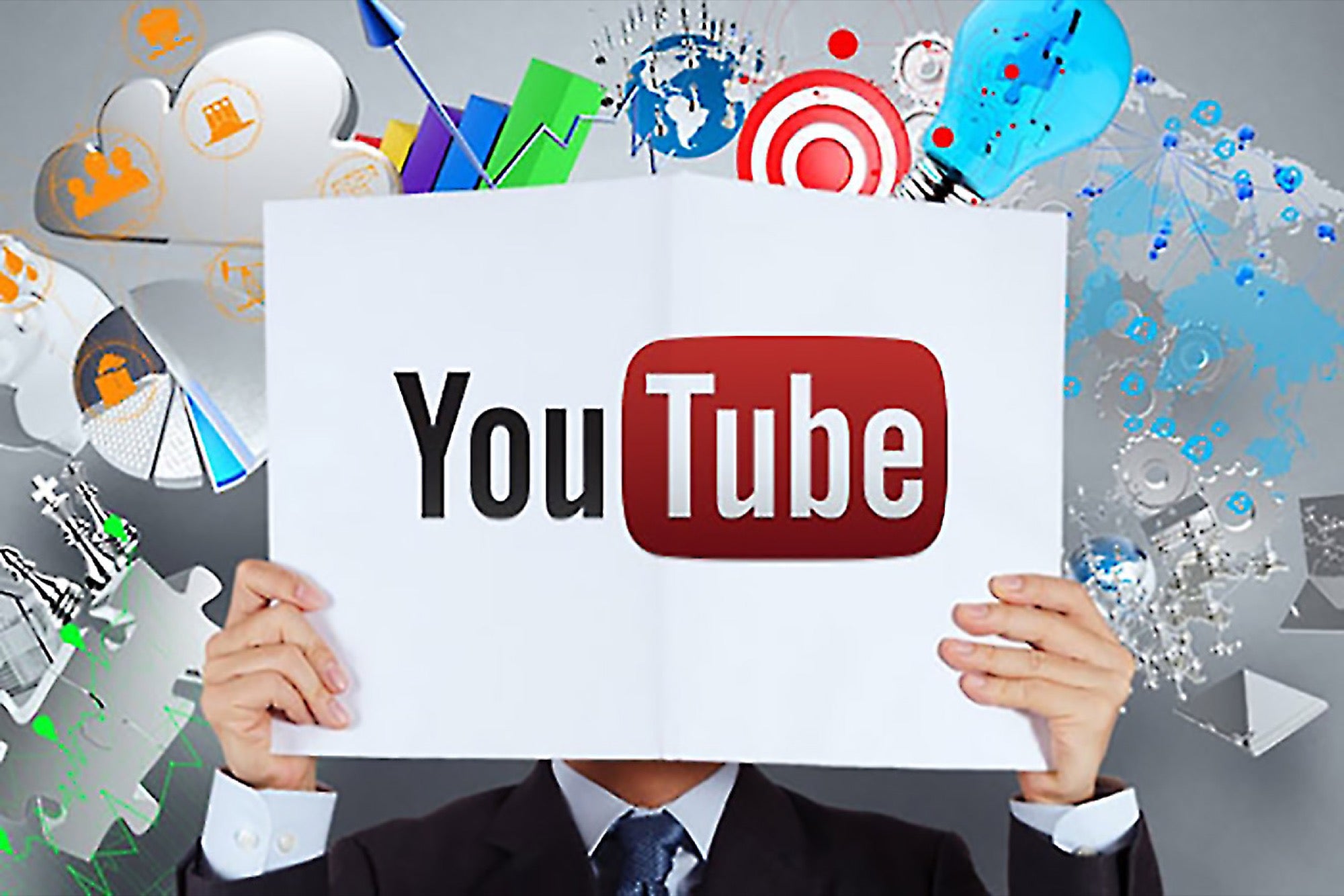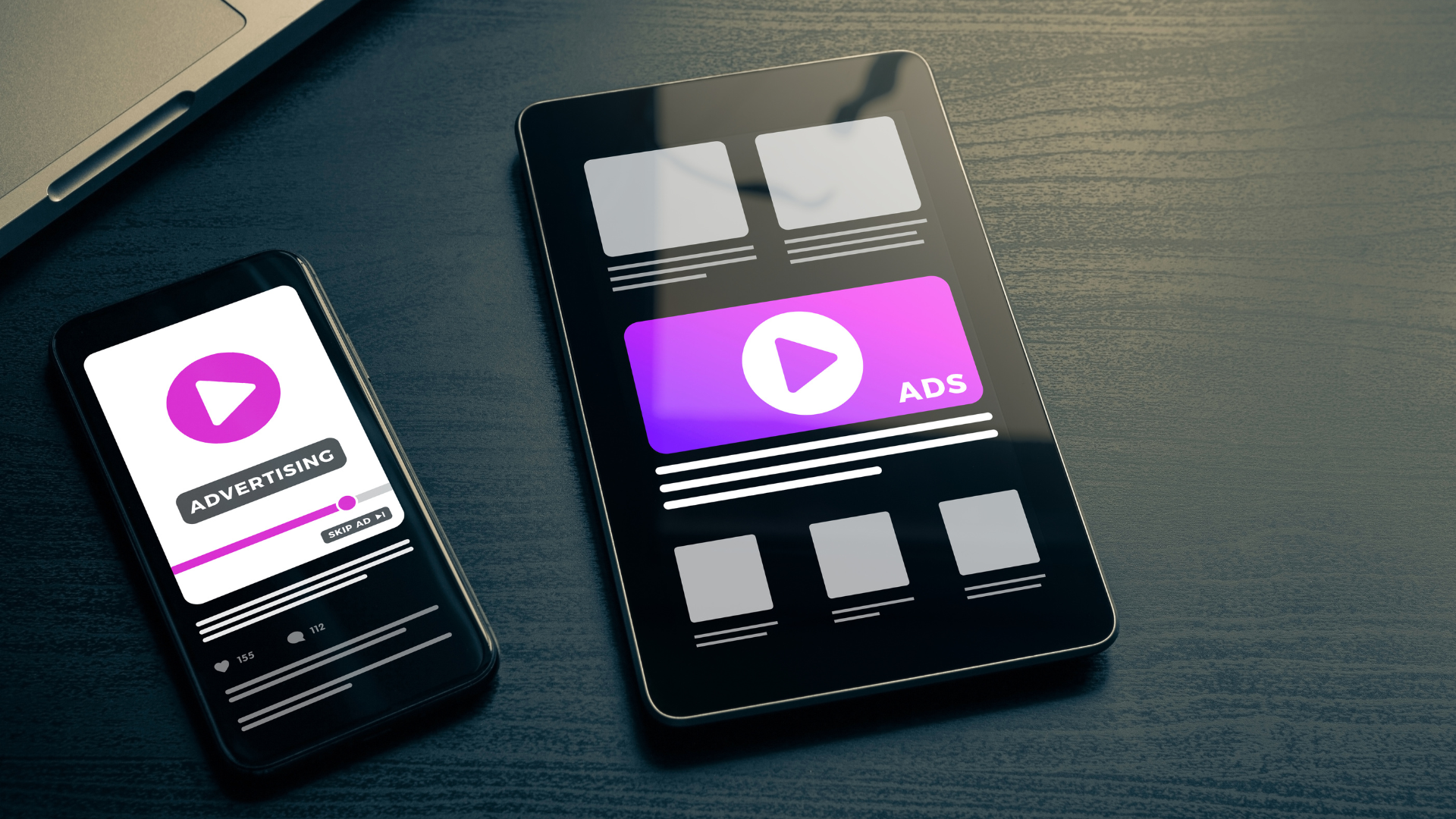Welcome to our comprehensive category on Influencer Marketing, where we explore the dynamic world of leveraging influencers to boost brand visibility, engage audiences, and drive conversions. Within this category, we delve into three key components that are vital for a successful influencer marketing campaign: Video Marketing, Affiliate Marketing, and SEO.
Maximizing Revenue: A Guide for Video Content Creators and Influencers to Successfully Sell Their Own Merchandise
GEN7 Outdoors TV Channel2023-05-26T12:30:27+00:00Video content creators and influencers hold a unique advantage in the digital era, as they possess a dedicated fan base eager to support their creative endeavors. One lucrative avenue to capitalize on this fan loyalty is by selling your own merchandise. In this comprehensive guide, we will explore proven strategies and best practices for video creators and influencers to effectively monetize their brand through merchandise sales.
- Building a Strong Brand Identity:
Before diving into the world of merchandise, it is essential to establish a strong brand identity that resonates with your audience. This includes defining your niche, mission, and values. A cohesive brand identity ensures that your merchandise aligns with your content and appeals to your dedicated fan base.
- Identify Your Unique Selling Proposition (USP): Determine what sets you apart from others in your niche. Whether it’s your personality, expertise, or creative style, highlight your USP to create a distinctive brand that fans can connect with.
- Consistent Visual Branding: Develop a recognizable visual identity through logos, color schemes, and design elements. Consistency across your content and merchandise helps fans identify and associate your brand with quality.
- Engage with Your Audience: Foster a strong relationship with your audience by actively engaging with them through comments, social media, and live streams. Listen to their feedback and preferences, as this valuable insight will guide your merchandise offerings.
- Crafting Compelling Merchandise:
Creating merchandise that fans are excited to own requires thoughtful planning and design. Offering unique, high-quality products that reflect your brand identity will entice your audience to make a purchase.
- Product Selection: Choose merchandise options that resonate with your audience. From clothing items like t-shirts, hoodies, and hats to accessories like mugs, phone cases, or stickers, carefully select items that fans will proudly display or wear.
- Quality Matters: Ensure your merchandise meets high-quality standards. From the materials used to the printing techniques employed, prioritize excellence to maintain customer satisfaction and loyalty.
- Custom Designs: Collaborate with talented designers to create exclusive, custom designs that reflect your brand’s aesthetics. Unique artwork or slogans related to your content can make your merchandise stand out from generic offerings.
- Limited Editions and Exclusivity: Generate excitement and a sense of urgency by offering limited edition or exclusive merchandise. Scarcity can drive demand and create a sense of exclusivity for your loyal fans.
- Setting Up an Effective Online Store:
Establishing an efficient and user-friendly online store is crucial for a seamless purchasing experience. By carefully curating your storefront, you can boost conversions and drive more sales.
- Choose an E-commerce Platform: Select a reliable e-commerce platform such as Shopify, WooCommerce, or BigCommerce, which offer user-friendly interfaces and integrated payment gateways.
- Easy Navigation: Ensure your online store is easy to navigate, with clear categories, intuitive product descriptions, and high-quality product images. Simplify the purchasing process with a streamlined checkout system.
- Secure Payment Options: Offer secure payment options, including credit cards, PayPal, or digital wallets, to instill trust in your customers and facilitate hassle-free transactions.
- Mobile-Friendly Design: Optimize your online store for mobile devices, as a significant portion of your audience will likely browse and make purchases from their smartphones or tablets.
- Promoting Your Merchandise:
Creating great merchandise is just the beginning. Effective promotion is key to driving sales and maximizing your revenue potential. Leverage your existing audience and marketing channels to generate buzz around your merchandise.
- Social Media Marketing: Utilize your social media platforms to create captivating content showcasing your merchandise. Engage your followers through giveaways, contests, and behind-the-scenes footage that highlights your products.
- Collaborations and Endorsements: Partner with other creators or influencers to cross-promote each other’s merchandise. Endorsements from trusted individuals within your niche can significantly expand your reach and boost sales.
- Content Integration: Seamlessly integrate your merchandise within your videos or content. Mention your products, wear or use them during your videos, and create dedicated promotional videos or unboxing experiences.
- Email Marketing: Build an email list and send targeted newsletters or promotional campaigns to your subscribers. Offer exclusive discounts or early access to new merchandise to incentivize purchases.
Conclusion:
Selling your own merchandise as a video content creator or influencer can be a highly rewarding endeavor. By focusing on building a strong brand, offering compelling merchandise, creating an efficient online store, and implementing effective promotional strategies, you can tap into the loyal support of your fan base while generating a sustainable revenue stream. Remember to prioritize quality, authenticity, and customer satisfaction throughout the process, and watch your merchandise sales soar.





